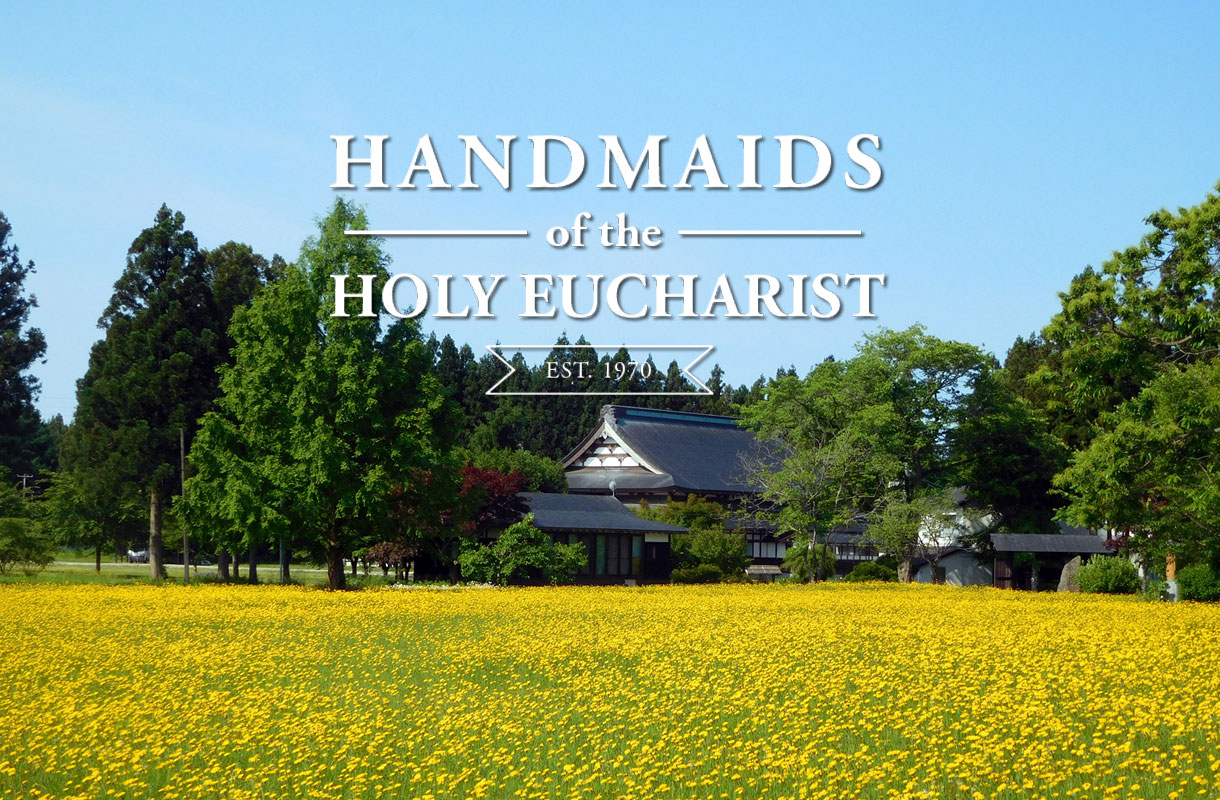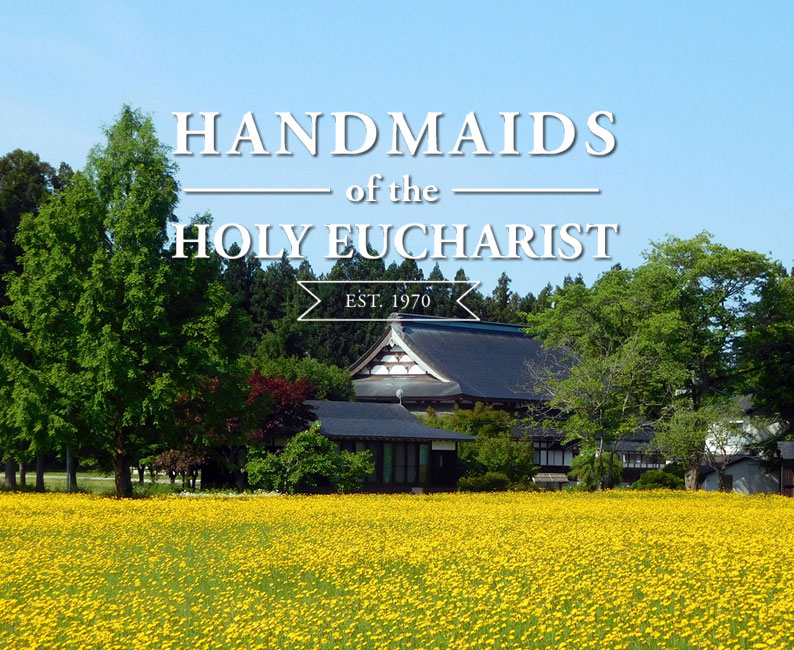1, Soelgawa Yuzawadai, Akita-shi, Akita-ken 010-0822, Japan
Information
01 Apr 2025
Reserve for your pilgrimage and/or Mass celebration
If you wish to celebrate Mass, you must be accompanied by a priest. We do not have a residing priest. Please make a reservation using the form on this website.
If you are a group of 13 or more people, you must make a reservation using the form on this website.
01 Apr 2025
Jubilee 2025 Year of Hope / Shrine schedule
The shrine is open daily from 9:30 to 11:30 / 13:00 to 16:00 from April 1st to July 31st, we are closed for August and reopen from September 1st to November 31st.
The shrine is closed on Wednesdays.
The shrine will be closed from December 1st to March 31st annually due to heavy snowfall.
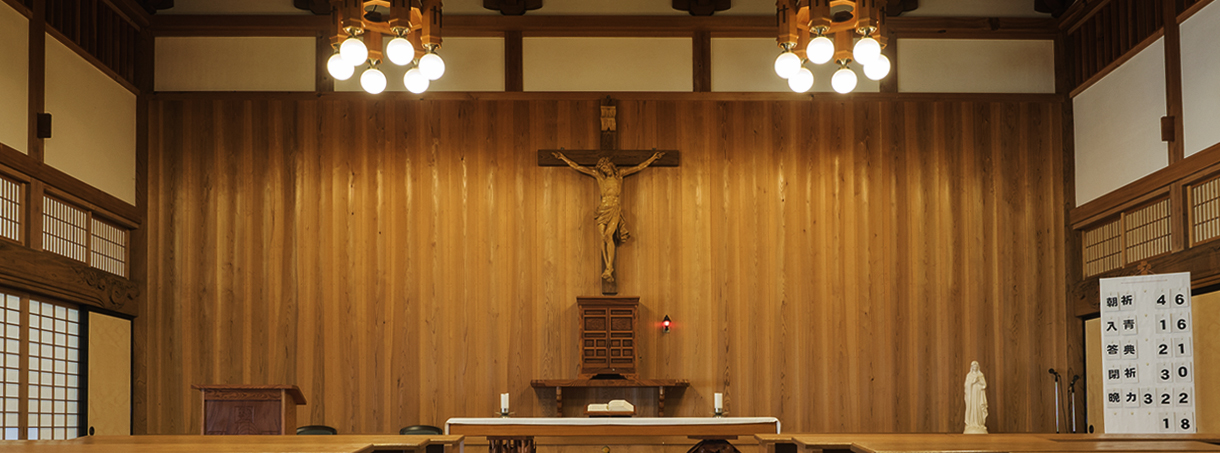
About Us
The Institute of the Handmaids of the Sacred Heart of Jesus in the Holy Eucharist, "Seitai Hoshikai," is a small institute of Catholic religious women leading dedicated lives of prayer and was established in 1970 by the late Bishop John Shojiro Ito of Niigata, Japan.
Members make vows of Obedience, Chastity, Poverty, and follow the example set by the lives of Jesus Christ and Mary, in offering their lives to the service of God and neighbor. Seitai Hoshikai is comprised of sisters who reside at the Motherhouse in Akita, who lead a community life centered on prayer, and sisters who lead an apostolic life of evangelization among lay people in society.
Message from Bishop
Paul Daisuke Narui
The “Seitai Hoshikai” (Institute of the Handmaids of the Sacred Heart of Jesus in the Holy Eucharist) is located on a hill in the outskirts of Akita, where you find beautiful nature surrounding the convent.
The beauty of nature created by God. The shrine designed in traditional Japanese style. The presence of the sister’s community praying and hospitable. It is a space of prayer where we can leave our busy daily life and open our heart to the silent and holy surroundings.
For us Christians, prayer is the foundation of our daily life. It is very important for the Niigata Diocese that the Seitai Hoshikai, which is a community of prayer offers a space for prayer for people.
Since the marvelous events took place in this community concerning a wooden statue of the Blessed Virgin Mary, many people from both within and outside Japan have visited the Seitai Hoshikai as pilgrims. Those who witnessed the event, as well as those who come to visit the shrine for prayers, reflect on their lives in accordance with the example of Mary, deepen their faith, and go back to their daily life.
I hope many people will visit the Seitai Hoshikai to pray together. I also pray that there will be people who offer their life as members of the Seitai Hoshikai to continue this important mission for the Gospel.
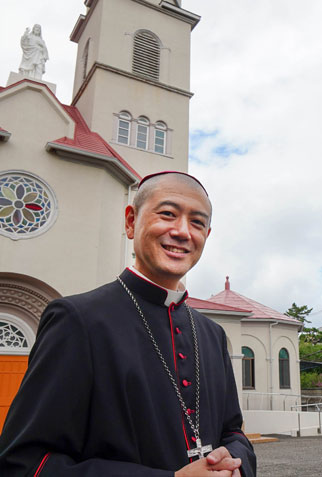
Most. Rev. Paul Daisuke Naruii
Bishop of the Diocese of Niigata
Eucharistic Prayer of Akita
Most Sacred Heart of Jesus,
TRULY present
in the Holy Eucharist,
I consecrate my body and soul
to be entirely one with Your Heart,
being sacrificed at every instant
on all the altars of the world
and giving praise to the Father,
pleading for the coming of His Kingdom.
Please receive this humble offering of myself.
Use me as You will for the glory of the
Father
and the salvation of souls.
Most Holy Mother of God,
never let me be separated
from your Divine Son.
Please defend and protect me
as your special child.
Amen.
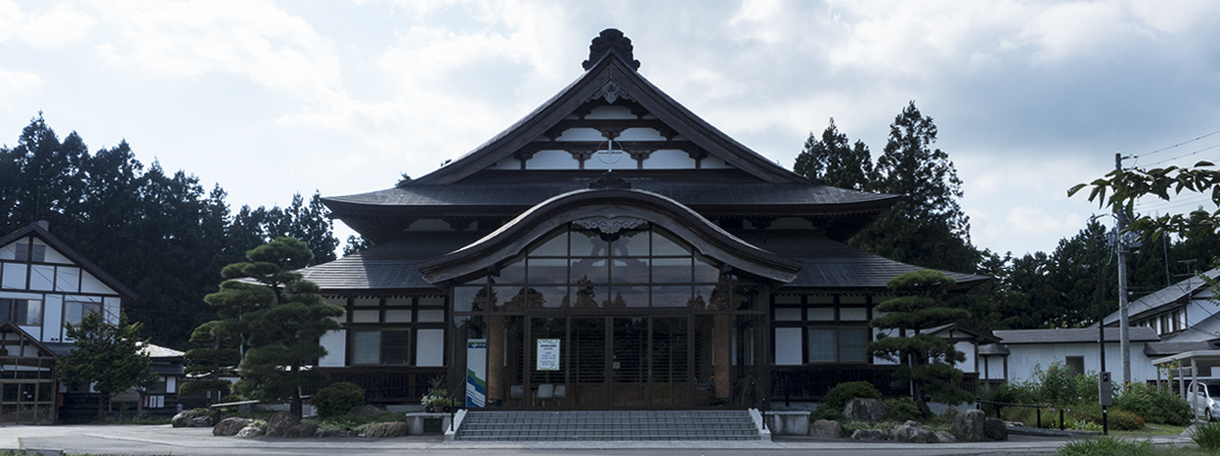
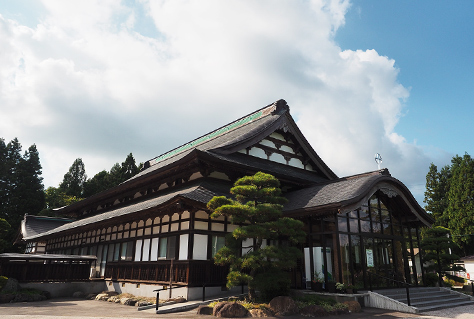
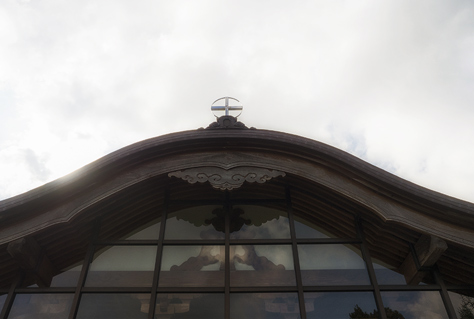
The Chapel of Seitai Hoshikai
The chapel of Seitai Hoshikai, called Our Lady of Akita, was done in a Japanese "irimoya-juso-style" architecture which was built by Japanese temple building carpenters from Urano Domiya Kogei, Takasaki City in Gunma. The reason this church was constructed in this traditional style was to convey to the Japanese people that the Catholic Church is universal and that Jesus Christ is the savior of all people—including the Japanese.
After 7 years of construction, the chapel was dedicated on May 1, 2002 to Mary, Redemptoris Mater, "Mother of the Redeemer." The statue of Our Lady of Akita is enshrined on the left corridor and the statue of Saint Joseph is on the right side.
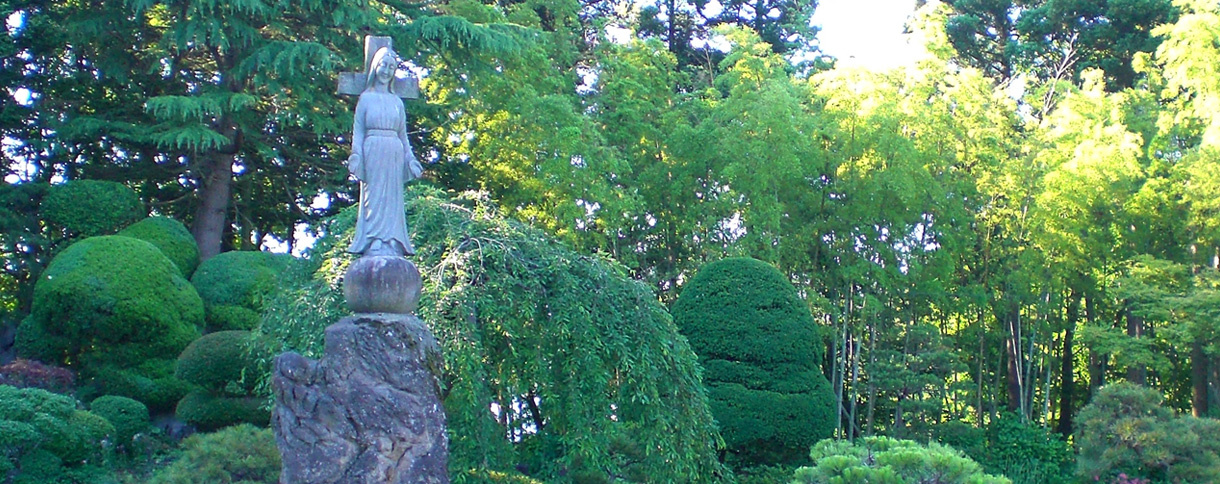
The Garden of Mary
Work on the Japanese garden, dedicated to the Blessed Virgin Mary, started in the spring of 1974 and was completed on October 11, 1976. The circular promenade garden was completed not by professional landscapers but by novice laypeople. Trees were donated by friends from different places throughout Japan.
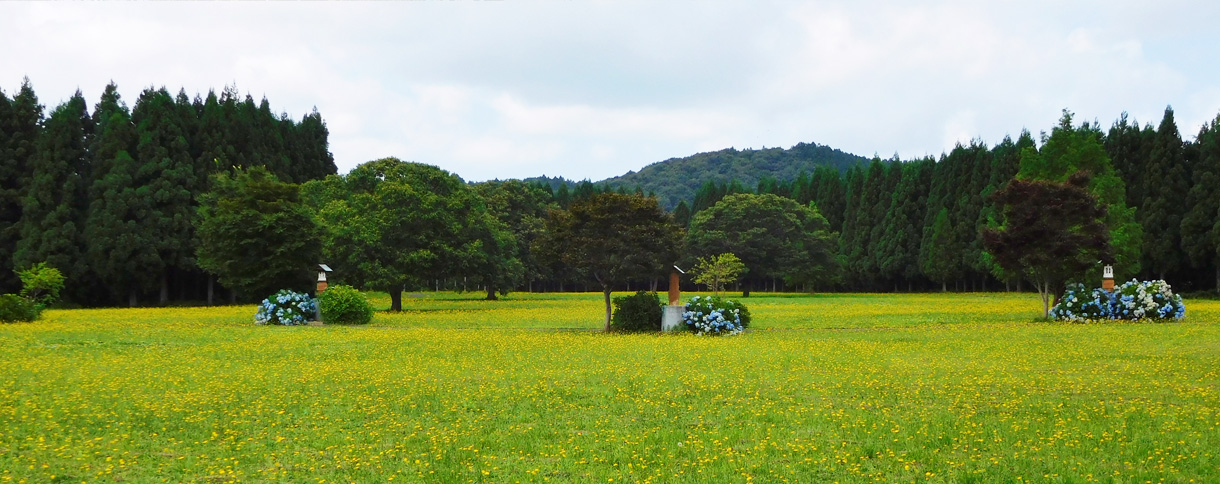
The Garden of the Lamb
The Garden of the Lamb is for meditation and prayer. The Way of the Cross was constructed through the center of the Garden and blessed by Bishop Francis Keiichi Sato of Niigata on August 18, 1994.
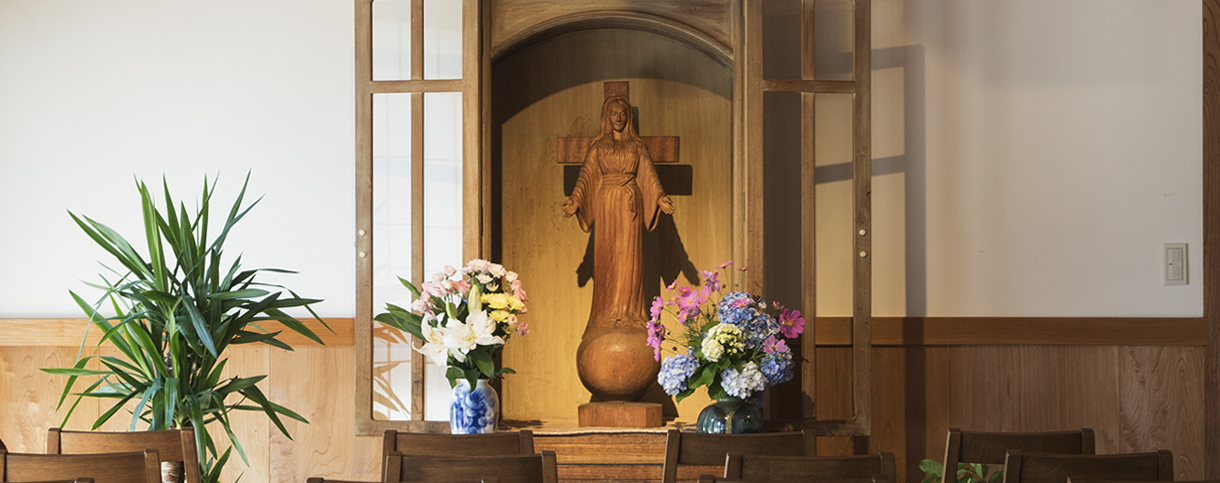
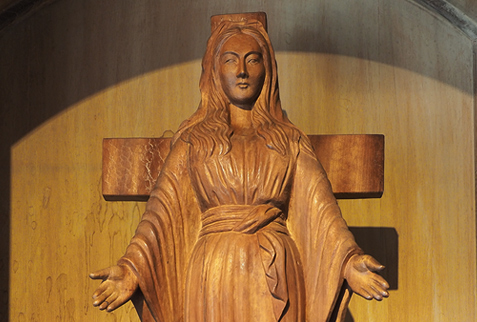
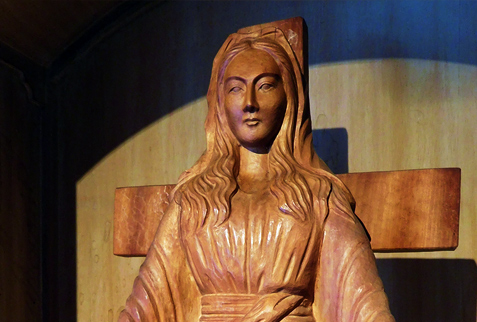
The Statue of Our Lady of Akita
The statue of Our Lady of Akita was carved in 1963 by Mr. Saburo Wakasa, a wood sculptor living in Akita City.
On the morning of January 4th 1975, tears started to flow from the statue. The "lacrimations" (shedding of tears) started this day and continued, sometimes on consecutive days and sometimes at intervals for a total of 101 times. This persisted until September 15th, 1981—the feast of Our Lady of Sorrows.
Every time the statue wept, the sisters would pause to gather in front of the statue to recite the Rosary. Afterwords, a priest would wipe away the tears. The cotton swabs used were later sent to the forensic labs of Akita University and Gifu University for testing and were certified to be comprised of "bodily fluid."
Contact Us
1, Soelgawa Yuzawadai, Akita-shi, Akita-ken 010-0822, Japan
(〒010-0822 秋田市添川湯沢台1番地)
Telephone: 018-868-2139 / FAX: 018-868-4728
"Winter Closure December 1 to March 31"
Coming from Narita International Airport or Akita Airport
From Narita International Airport
(JR Narita Express)
↓JR Tokyo Station
Take Narita express to Tokyo Station
(60 minutes ride)
↓
JR Akita Station
(4 hours ride)
*Including transfer, it takes about 6 hours from Narita International Airport to Akita Station.
↓
From JR Akita Station to Seitai Hoshikai, please take a bus or taxi.
From Akita Airport
(Airport Limousine Bus or Taxi*)
↓
JR Akita Station
Take an Airport Limousine Bus to JR Akita Station
(40 minutes ride)
↓From JR Akita Station to Seitai Hoshikai, please take a bus or taxi.
*There are two taxi companies providing shared taxi services to and from Akita Airport.
Akita Central Transport (Sky Access)
Tel. No.018-867-1525
King Taxis (Hayakagobin)
Tel. No.018-867-7444
A one way shared taxi fare for one person is approximately ¥3,800, regardless of the number of passengers in the taxi.
Reservations should be made at least one day in advance, calling either of the numbers above before 17:00.
We cannot guarantee that calls can be made in English. Likewise, taxi drivers may not speak English either.
Coming from JR Akita Station
By Bus (Akita Chuo Kotsu Bus)
Use the West Exit
Take bus 'To Akita Onsen' or 'To Nibetsu Resort Park'
↓
Get off at 'Yuzawa'
(20 minutes ride)
↓
Seitai Hoshikai
Walk uphill about 10 minutes
By Taxi
↓
Seitai Hoshikai
(20 minutes ride)
*Telling the driver 'Yuzawadai no Maria-sama' will help explain the destination.

